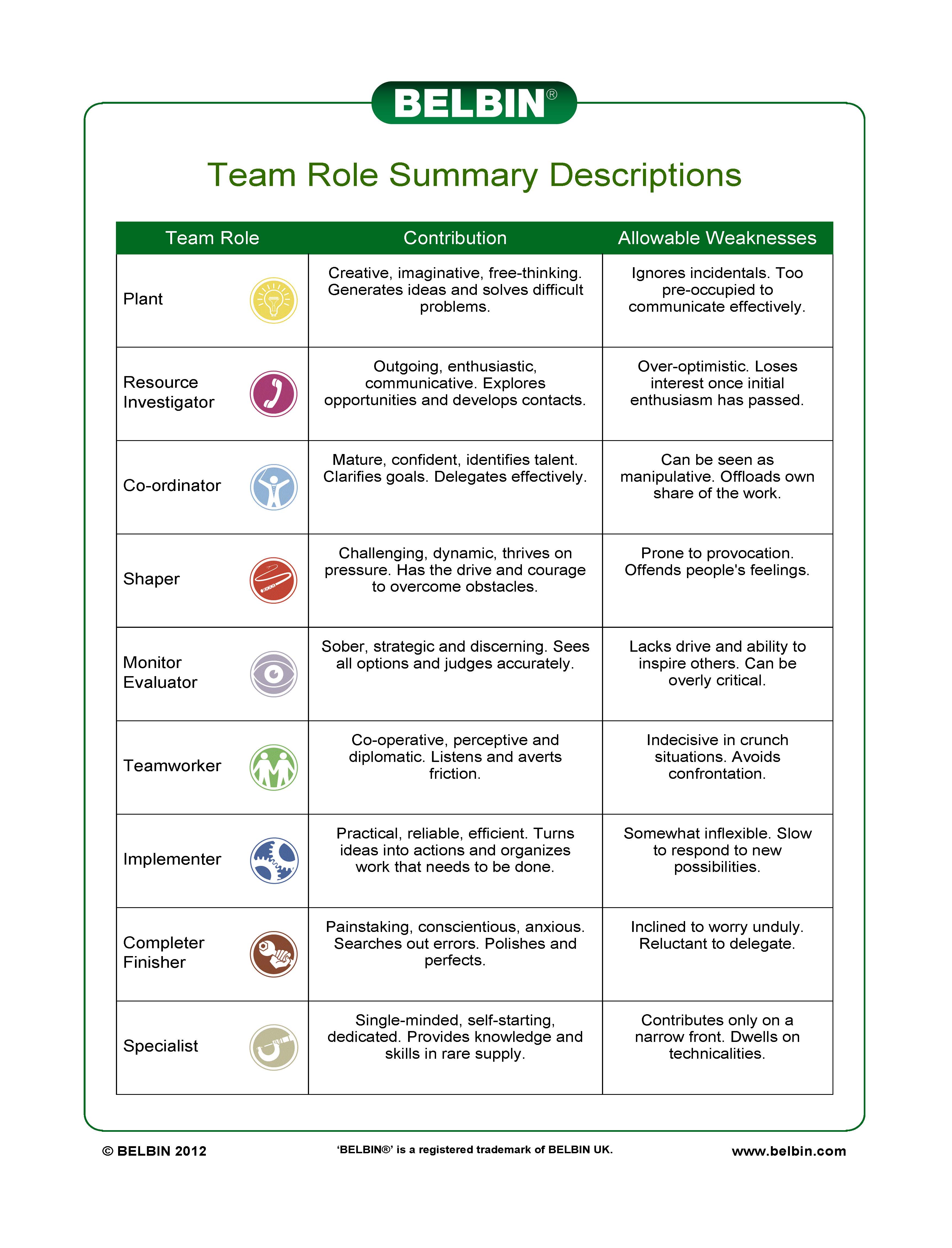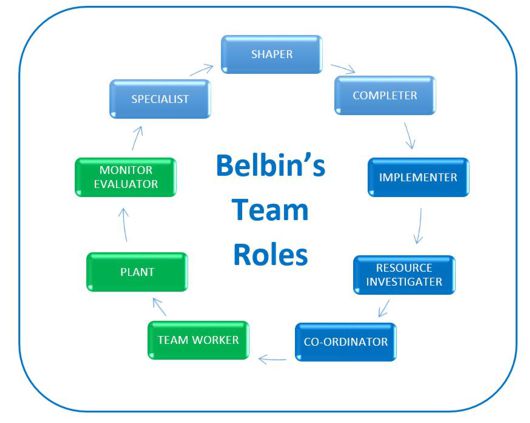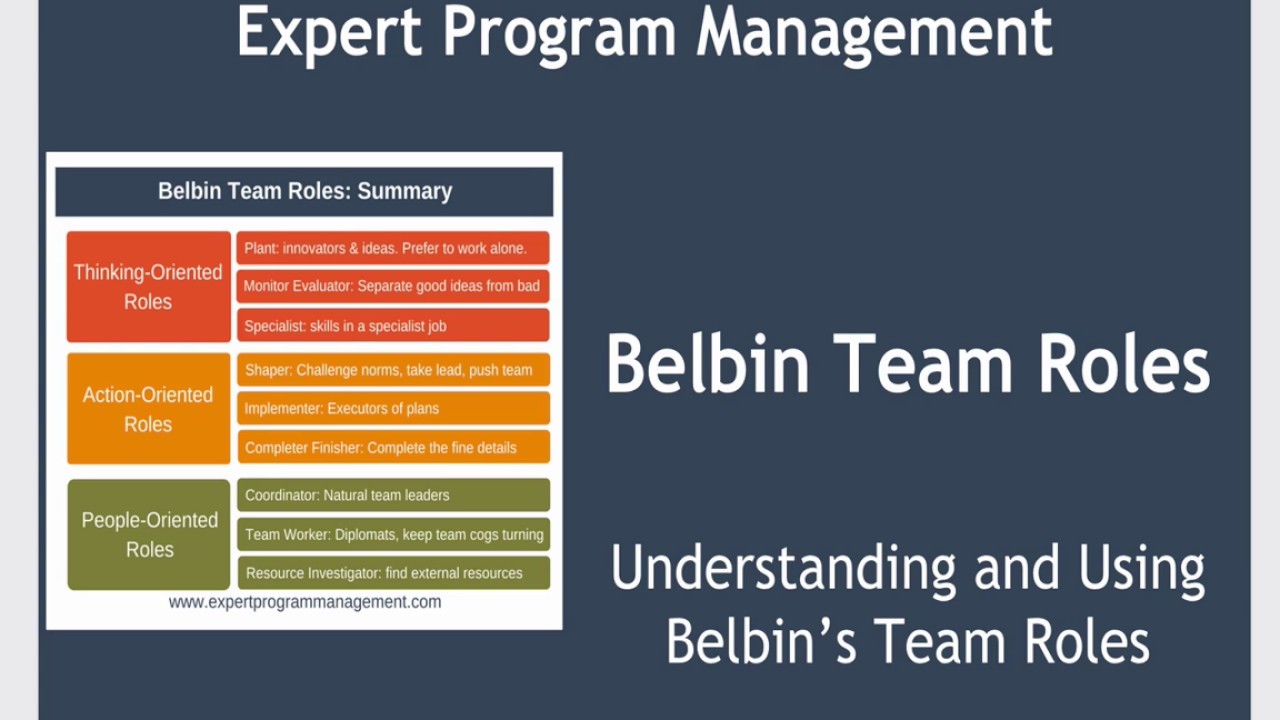
Each of the theories was analyzed and their features, possibilities of use for the study of the leader’s roles and problems of application in practice were determined. The theories of the distribution of team roles proposed by such authors as R.M. Therefore, the purpose of the study is to determine the problems of the distribution of team roles and the peculiarities of the leader’s role behaviour. The main attention is paid to the team role of a leader, which determines the organization and peculiarities of the team. The efficiency of the distribution of roles in the team ensures the efficiency of activities, reduces the conflict of interaction and increases the level of adaptability of the team to changes in the external environment. The article deals with the problem of the distribution of roles in a team at work. From the literature on student participation, and in particular on student-teacher partnerships, three challenges emerged from which research objectives were drawn for this dissertation: (1) gaining an in-depth overview of the processes that elicit transformation in student-teacher partnerships, (2) identifying design principles for establishing participatory urban school contexts, and (3) developing partnership literacy. Student- teacher partnerships represent a particular case of student participation in this study. Understanding how urban schools can create learning environments where students can actively participate was therefore the central focus of this dissertation. However, in Flemish and Belgian Dutch-speaking education today, despite its ambitious democratic goals, few opportunities for participation are provided, a concern that applies even more to urban schools. Further modelling revealed that the Belbin team roles fit easily into a “Big Five” five-factor personality framework.For students to learn democracy in their schools, it is critical that they can experience what it is like to participate. Application of a correlated uniqueness model in a confirmatory factor analysis showed the Belbin team role model to be overparameterized and to lack both convergent and discriminant validity. Application of the Campbell and Fiske criteria to the matrix did not produce clear support for discriminant validity.



A multitrait-multimethod correlation matrix derived from the data collected from the participants was employed to evaluate the convergent and discriminant validities of the Belbin team roles. The 338 participants were drawn in approximately equal measure from managerial and non-managerial levels from equal numbers of manufacturing and public service organizations. The Belbin team role preferences of the members of 55 teams were assessed by three independent methods: (1) Cattell's 16PF (Form 5) personality questionnaire, (2) video observation of a business simulation exercise and subsequent analysis with a Belbin behavioural checklist, and (3) Saville and Holdsworth's Occupational Personality Questionnaire.


 0 kommentar(er)
0 kommentar(er)
